
Treatments for bladder dysfunction
If your bladder health is negatively affected by MS, there are many different things you can try to begin reclaiming control over your bladder. Some are simple lifestyle changes, such as dietary alterations, or basic bladder-training exercises that you can already begin to implement today. There are also more serious treatments that require discussions with doctor before undergoing.
This article provides an overview of the range of different bladder treatments out there so you are the best informed you can be when taking the first steps to better managing your bladder symptoms.
Initial Treatments you may pursue
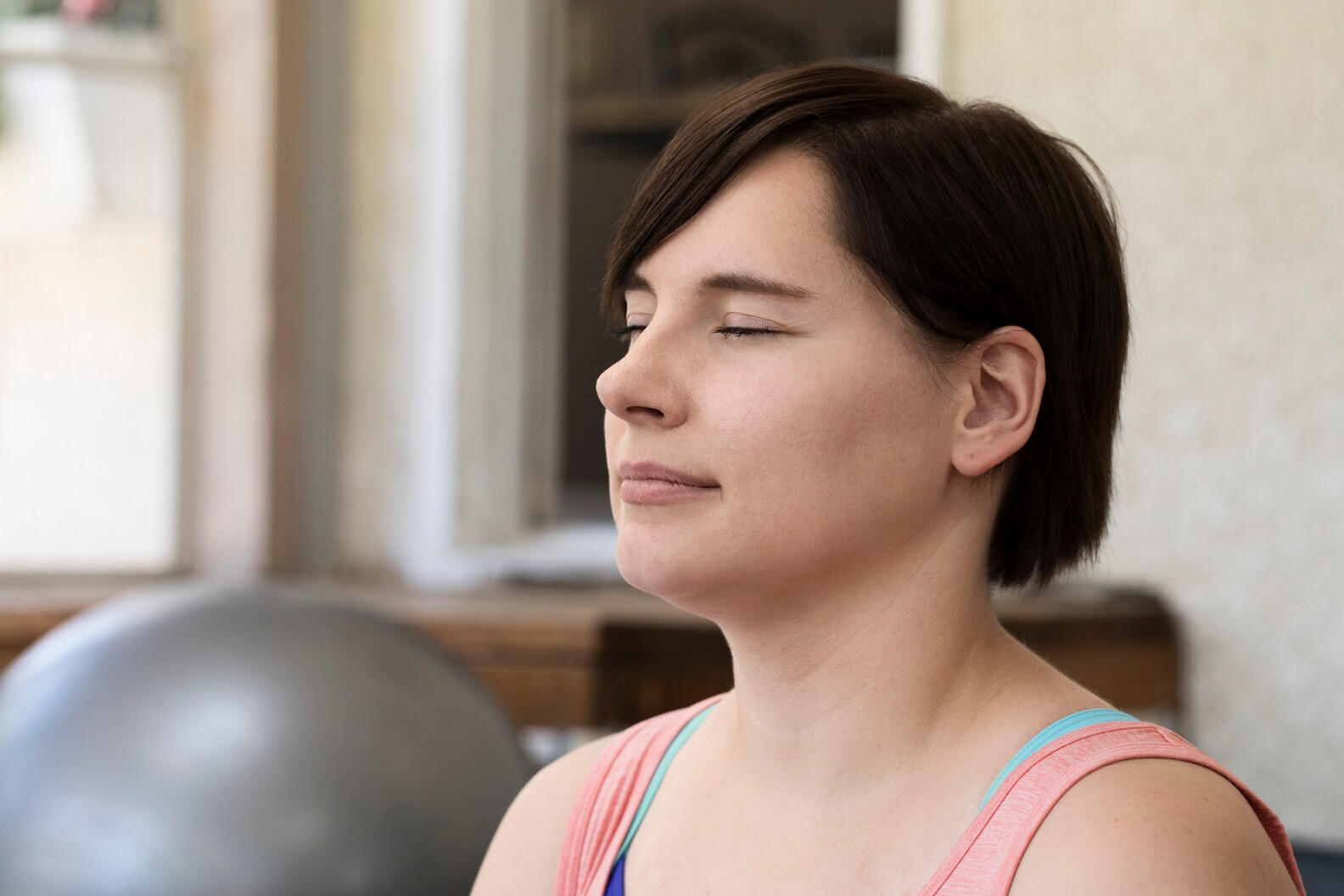
Initial first-line treatments for an overactive bladder may consist of bladder training, Kegel exercises, modification of type and timing of what you eat and drink, as well as some drug treatments. You should consult your doctor about which type of treatment(s) you should follow, as these can vary depending on your individual situation and bladder symptoms.
Bladder retraining
Bladder retraining is a type of behavioural therapy that helps you regain control over your bladder. Over time, bladder retraining can help you go longer periods between toilet breaks, hold more urine in your bladder, and give you more control over the urge to urinate, helping to prevent emergencies and accidental leakage. There are several bladder retraining techniques you can employ.
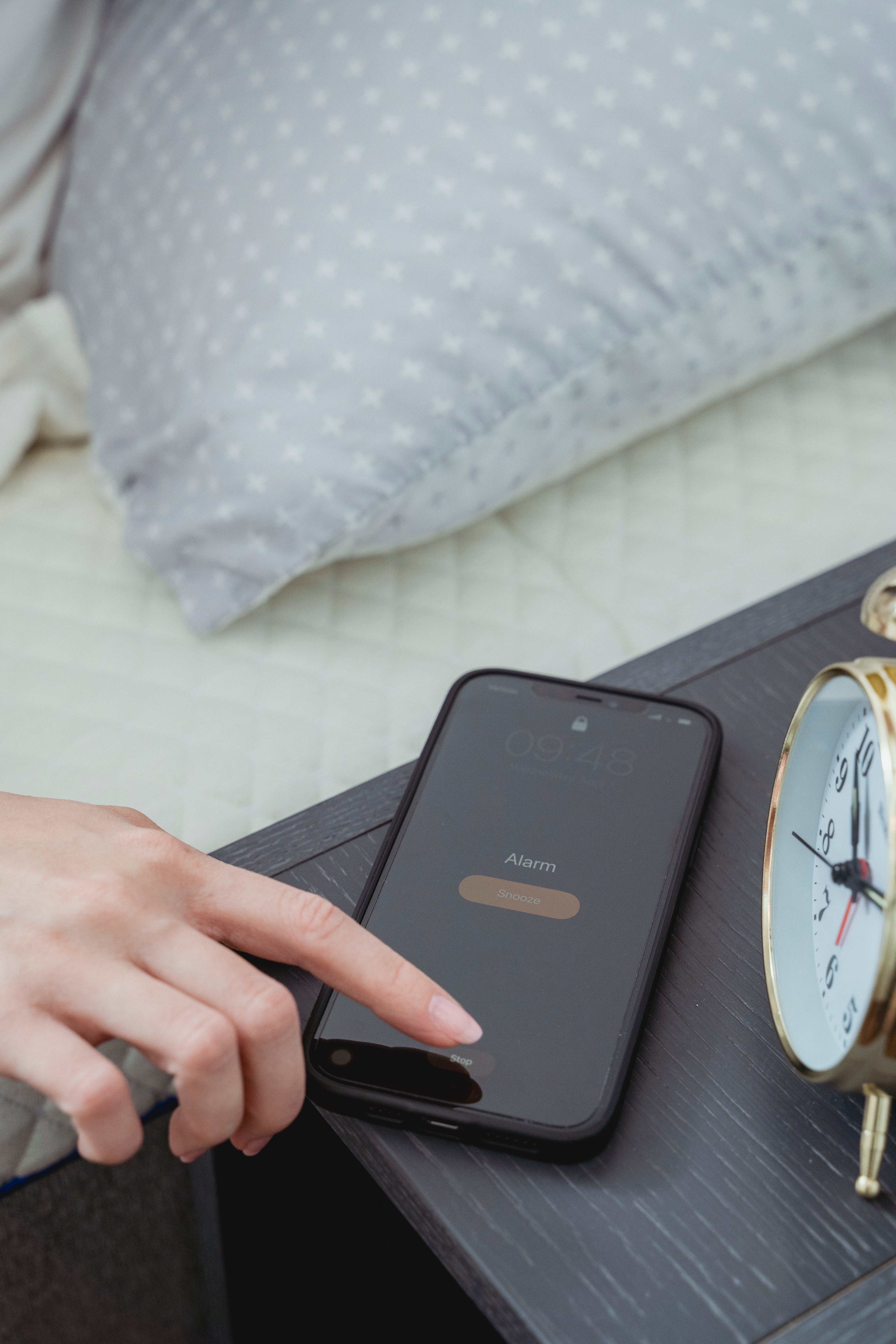
Scheduling when you will urinate
This is an effective way to start. First, work out how often you are going to the toilet. Keeping simple notes or filling out our easy-to-use bladder diary will give you this overview. Then, add a small amount of time to that. E.g., if you see you are going to the toilet every hour, schedule bathroom breaks at 1 hour and 15 minutes apart. Be strict with yourself, and use the toilet at this scheduled time, even if you do not feel the urge at that moment. After some time, you can increase the amount of time between breaks.

Delaying your urination
This is a great way to retrain your bladder. When you first feel the urge to use the bathroom, try to hold on for an extra 5 minutes. Over time, increase how long you delay your visit. If you simply cannot wait, do use the bathroom, but try to be strict about how much leeway you give yourself.
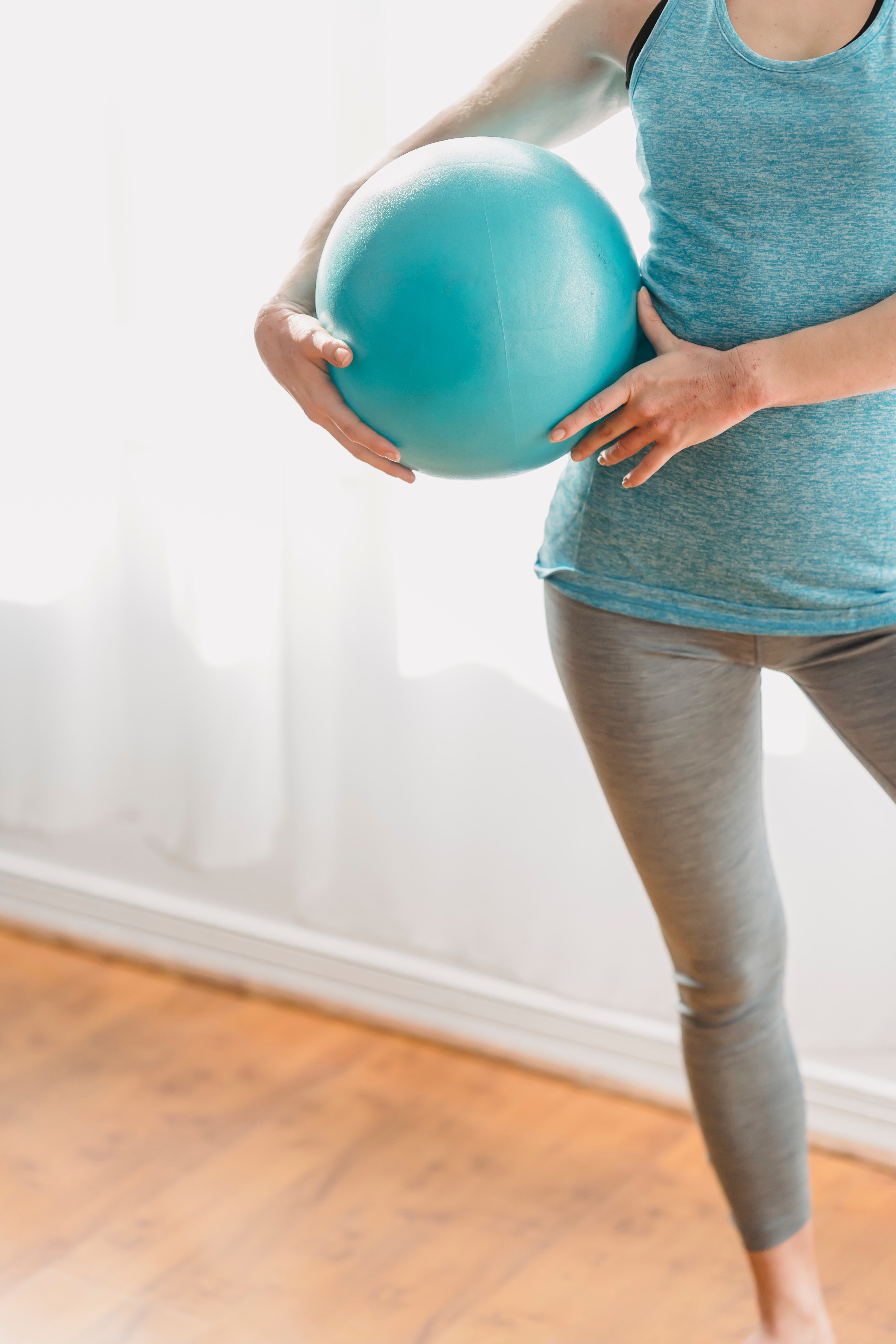
Performing Kegel exercises
Kegels can also help for both men and women. These exercises strengthen the muscles you use to start and stop the flow of urine. To do a Kegel, squeeze the muscles you normally use to stop urination. Hold the contraction for 5 seconds, and then relax for 5. Over time, increase your contraction time to 10 seconds, with 10 seconds of rest. Try to work up to doing 3 sets of 10 contractions every day.

Modify your diet and fluid intake!
You might be tempted to drink less if your bladder symptoms have worsened but actually, not drinking enough can have negative impact on your bladder issues. Instead, try to time your fluid intake as well as your bathroom visits to gain better control.
Diet, diet, diet. Eating healthy foods and having a balanced diet is always good for your bladder and bowel's health and can improve your overall well-being.

Prescribed antimuscarinic drugs
Many people living with MS and an overactive bladder will get antimuscarinic drugs prescribed. Also known as anticholinergics, these drugs work by blocking the messages that tell the detrusor muscle to contract. This then reduces the urge to go to the toilet all the time.
Anticholinergics are not without side effects, however. If taken, it is common to experience a dry mouth, constipation, headache, and other symptoms. If you are concerned about possible side effects, you may wish to talk to your doctor or urologist about alternative treatments.
Further treatments for managing bladder symptoms
If the initial treatments outlined above do not help to improve your symptoms, the next option is to try more invasive treatments. If you struggle with retention or detrusor sphincter dyssynergia, intermittent catheterisation is often considered the best treatment for overcoming your bladder problem – this is where you temporarily introducing a narrow tube into urethra to drain the bladder when needed. Conversely, Botox or sacral nerve stimulation may be suggested if you live with an overactive bladder.
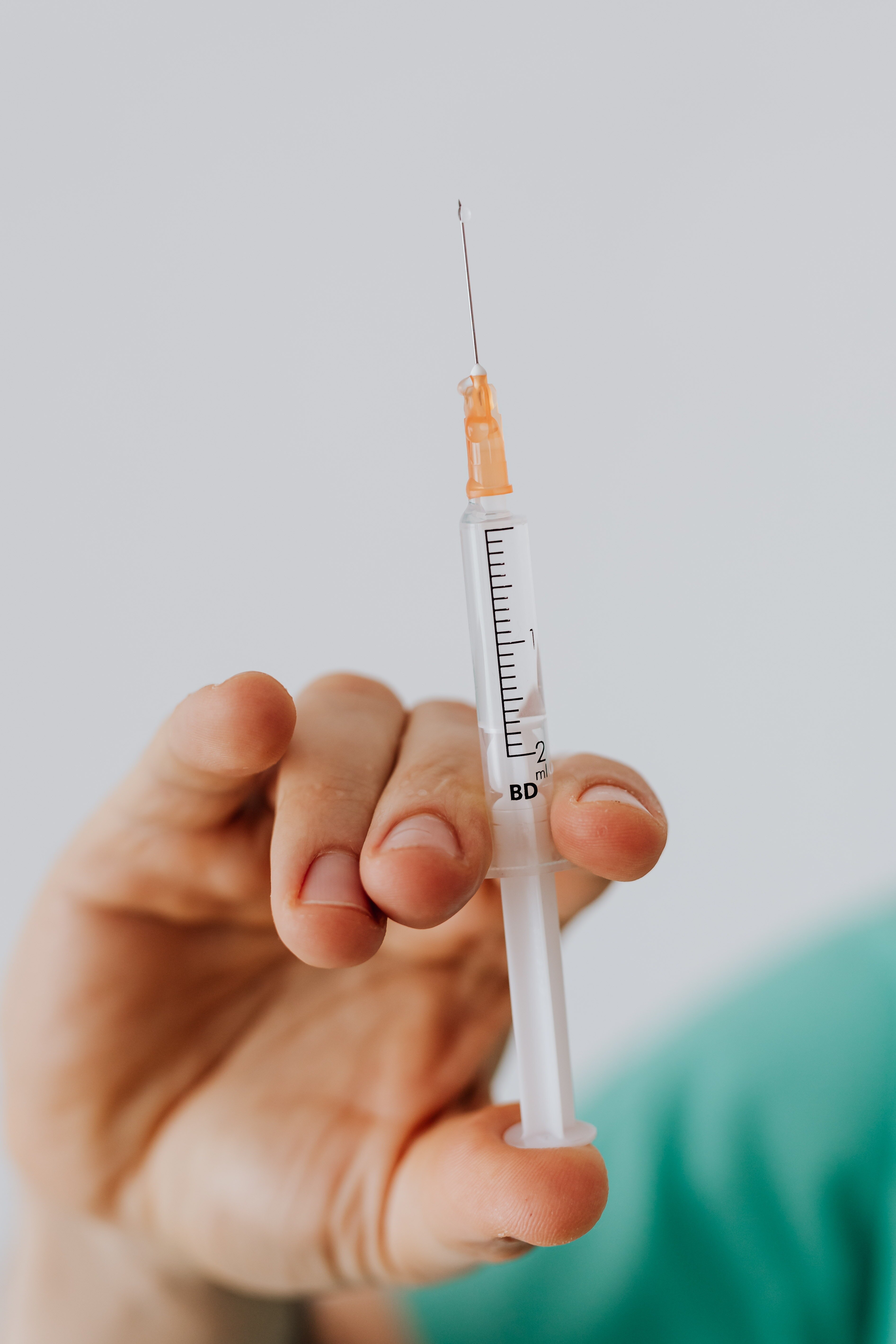
Botox injections can reduce bladder overactivity
To treat bladder overactivity, some may use botulinum toxin (Botox) which is injected into the bladder. This will relax the bladder and avoid involuntary contractions of the bladder muscles. However, a side effect of this treatment for some is that the bladder is less able to completely empty. If the bladder retains urine after going to the toilet, this can then require the individual to self-catheterise. Treatment with botulinum toxin is not permanent and the treatment needs to be repeated every 6-12 months.

Sacral nerve stimulation may reduce bladder overactivity
Another treatment used in some places to combat bladder overactivity is sacral nerve stimulation. This is where an electronic device is implanted usually just beneath the skin in the upper buttock. A thin lead is also implanted in the lower back and connected to the device with a battery. This device helps to correct faulty electrical messages travelling between your bladder and brain and therefore modifies the way your bladder behaves. However, it is still debated how successful this line of treatment is amongst those living with MS.
Want to know more about how the bladder sends and receives messages? Check out our dedicated page here:
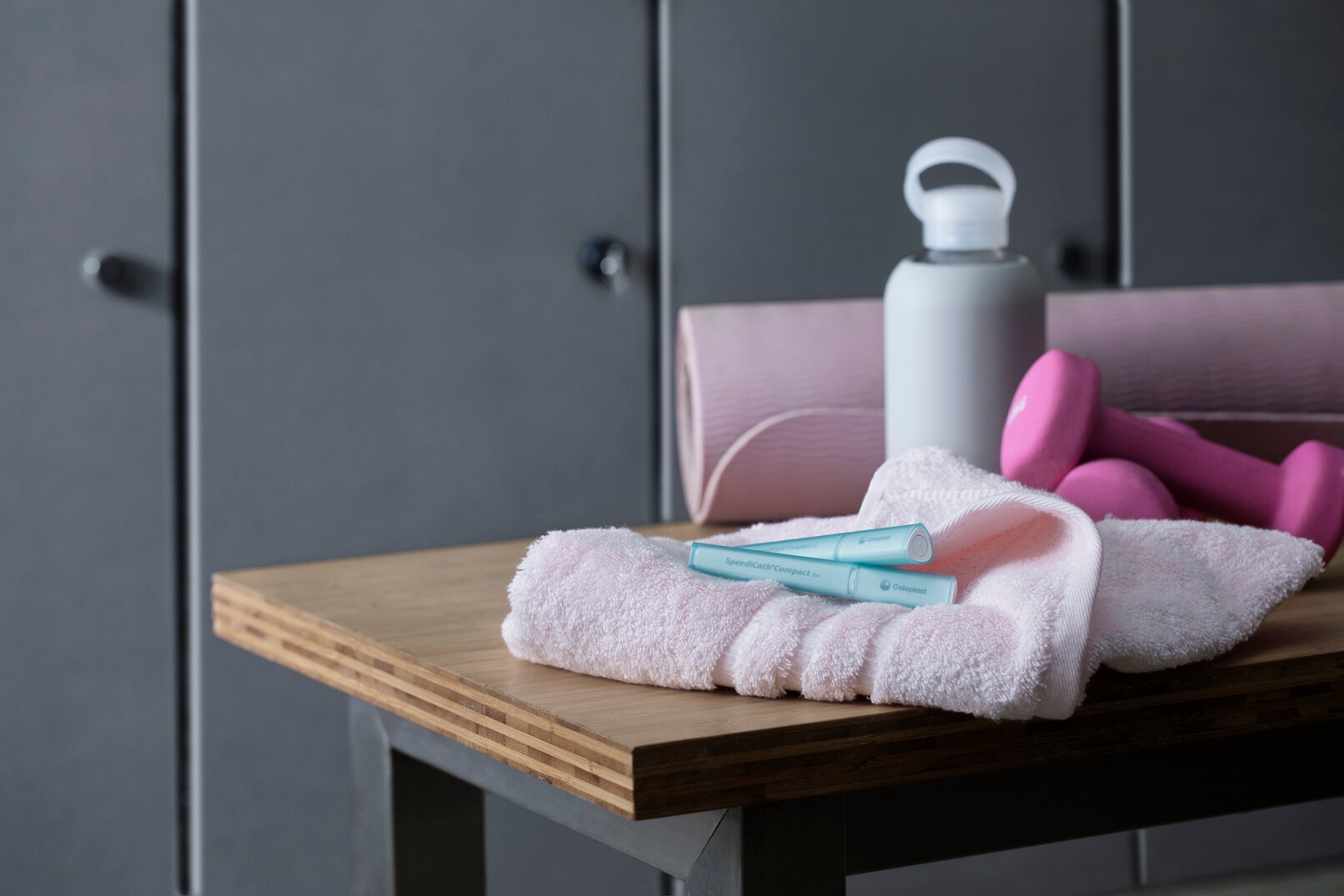
Catheterisation
If your bladder retains urine, or you live with detrusor sphincter dyssynergia, catheterisation can often provide the support you need.
A urinary catheter is a soft hollow tube, which is passed into the bladder to drain urine. There are several types of catheters that may be used to treat bladder dysfunctions. Catheters are either used ‘as needed’ and inserted every time you want to urinate, or they are left in place on a more permanent basis.
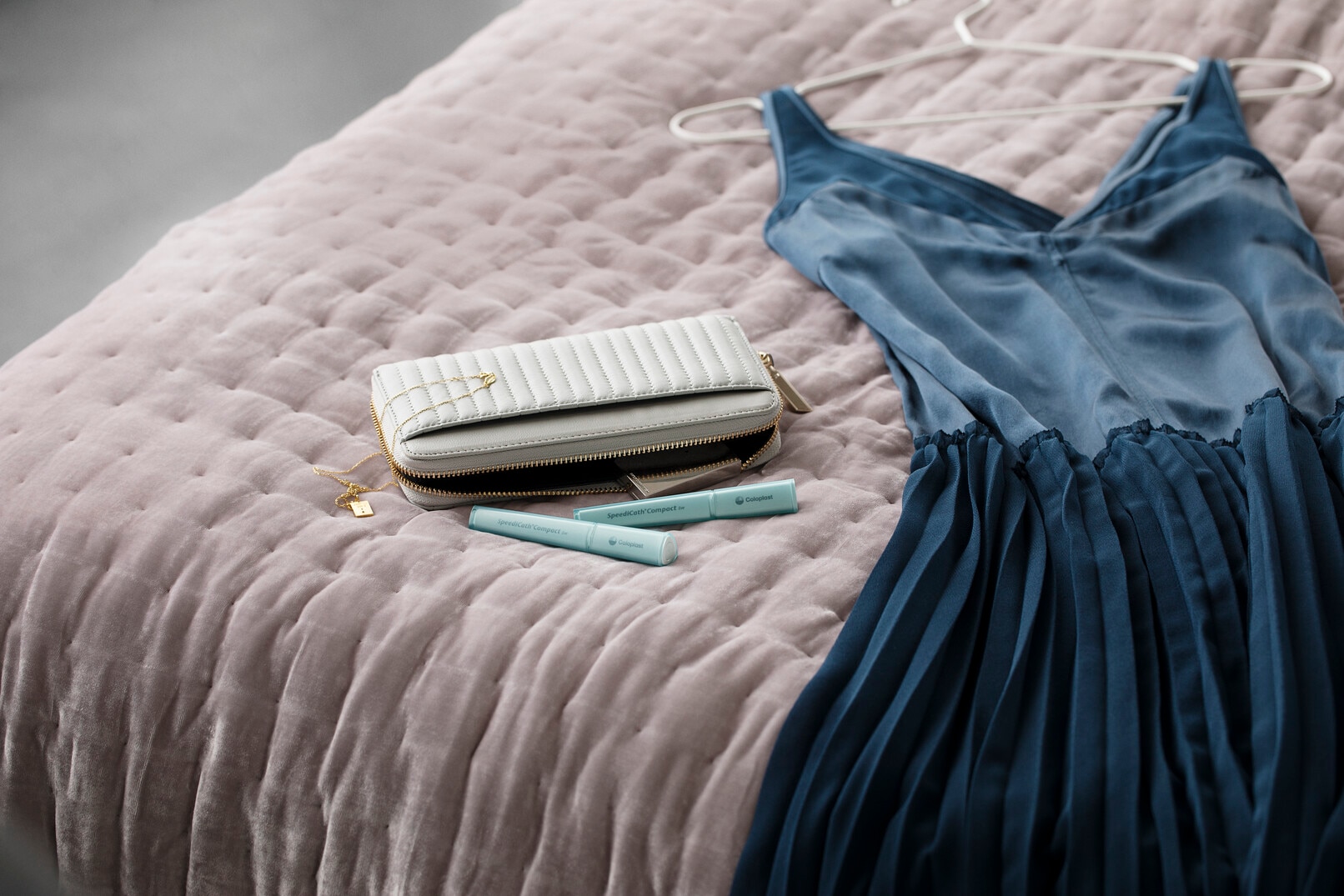
IC: the preferred method of bladder emptying
An intermittent catheter is a soft hollow tube with a hydrophilic coating to ensure its smooth insertion into the bladder. Intermittent catheterisation is often the preferred method of bladder emptying if you live with urinary retention. This is because these catheters are only inserted for just long enough to drain the bladder and are then removed. Using intermittent catheters mirrors normal bladder function as closely as possible: the bladder still stores urine, nothing is permanently inserted, and the catheter only functions to enable the natural voiding process.
